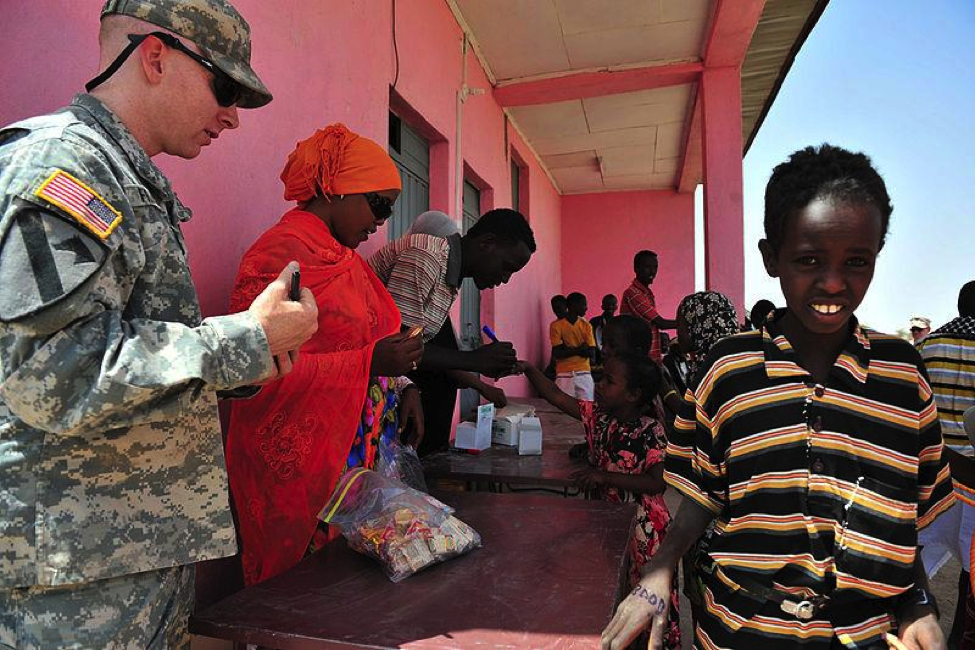
END7 at NU is a budding student group at Northeastern that is in the process of becoming official. END7 at NU is a chapter of the larger nonprofit, END7, which is working to eliminate seven neglected tropical diseases (NTDs) by the year 2020. One in six people in the world are living with NTDs, which are different kinds of parasitic or bacterial diseases infecting their bodies. The effect is detrimental at best — deadly at worst — and perpetuates the poverty cycle in developing countries; children are prevented from attending schools and adults are prevented from working. The disabilities associated with NTDs are stigmatized within many rural communities and isolate those with poor health. Using mass drug administration techniques, the end of NTDs can be achieved. One packet of pills each year treats and protects children and adults from all seven NTDs. The medicine is donated by large pharmaceutical companies, and it costs only 50 cents per packet to distribute. Less than a dollar can protect a child from debilitating diseases for one year. END7 is working to increase awareness of NTDs in the developed world, raise funds to administer the drugs, and encourage the leaders of the world to take a stand against this injustice. If we all join in the fight, “Together we can see the end.”
If you want to help or get involved, visit: http://www.end7.org/support
Trachoma, an infection that causes a roughening of the inner eyelids, has left nearly 8 million people blind as of 2008.[1] Another 40-80 million people are estimated to be infected with the disease.[2] Trachoma is the world’s leading cause of preventable blindness and affects the world’s poorest populations. A debilitating disease, trachoma results in large economic loss for individuals and family groups, removing adults from work and rendering them unable to provide for their families.[3] Women, who are often the sole caretakers of young children and the household, are twice as likely to contract trachoma. As a result, when a woman is unable to continue keeping house, the eldest daughter is generally removed from school to take over the responsibilities. This diminishes the likelihood that the children will be able to lift themselves out of poverty, creating a dangerous poverty cycle within specific families.[4] The economic losses as a result of this disease are massive; an estimated $2.9 million is lost each year due to trachoma-related productivity loss.[5]
Blindness associated with trachoma does not occur instantaneously, but after multiple infections.[6] Trachoma causes irritation in the eyes of the infected, resulting in conjunctivitis. Conjunctivitis is an inflammation of the conjunctiva, which is the inner eyelid and the outer surface of the eyeball.[7] Multiple untreated infections of trachoma, or multiple cases of conjunctivitis, causes severe deformation of the eyelid.[8] First, the inner eyelid becomes bumpy and rough, scratching the cornea and ultimately damaging vision.[9] Next, the upper eyelid becomes folded, turning the eyelashes inward and adding more irritation to the cornea.[10] After severe irritation to the cornea, the individual will lose their vision. Though the damage can be reversed through corrective surgery, this is costly and those affected do not typically have access to quality health care institutions where such surgery can be performed.[11] The repeated infection, however, can be easily prevented.
Prevention of trachoma is a very simple process achievable with the necessary resources. The first step to preventing initial and repeat infections is general hygiene. The Mayo Clinic and the World Health Organization suggest the following regarding proper personal hygiene: frequent hand and face washing.[12] Trachoma is transmitted through facial secretions such as mucus from the nose and mouth, and thus facial hygiene reduces the spread of infectious agents from person to person.[13] Another aspect to prevention is fly reduction; flies can be vectors for disease and carry facial secretion from one individual to another.[14] In order to reduce the population of flies, waste management and sanitation needs to improve in developing countries.[15] In addition to these preventative measures, trachoma can be treated with simple antibiotics, which diminishes the effects of infection and greatly reduces the risk for blindness.[16]
The efforts of END7 include the distribution of medication which can prevent and treat trachoma infections, and greatly reduce the incidence of preventable blindness in developing countries. Preventing blindness increases the productivity of individuals in rural, developing areas and aids families in rising above the poverty level. A donation of just 50 cents treats one individual for one year. Contributing to END7’s mission will greatly reduce the incidence of blindness associated with trachoma and aid in the elimination of the disease. Together we can see the end.
Jackie Boivin
Chemical Engineering ’15
Twitter handle: @jboivs
References:
-
Fenwick, A. “The Global Burden of Neglected Tropical Diseases”. Public Health. 2012. <http://www.rsph.org.uk/filemanager/root/site_assets/membership/publications/xix_world_epidemiology_congress/the_global_burden_of_neglected_tropical_diseases.pdf>
-
Ibid.
-
“Trachoma: The World’s Leading Cause of Preventable Blindness”. International Trachoma Initiative. 2012. <trachoma.org>
-
Ibid.
-
Ibid.
-
Ibid.
-
“Trachoma”. USAID’s NTD Program. 2009. <http://www.neglecteddiseases.gov/target_diseases/trachoma/>
-
Ibid.
-
“Trachoma: The World’s Leading Cause of Preventable Blindness”. International Trachoma Initiative. 2012. <trachoma.org>
-
Ibid.
-
Ibid.
-
“Diseases and Conditions: Trachoma”. MayoClinic. October 2012. <http://www.mayoclinic.org/diseases-conditions/trachoma/basics/definition/con-20025935>
-
Ibid.
-
Ibid.
-
Ibid.
-
Ibid.


